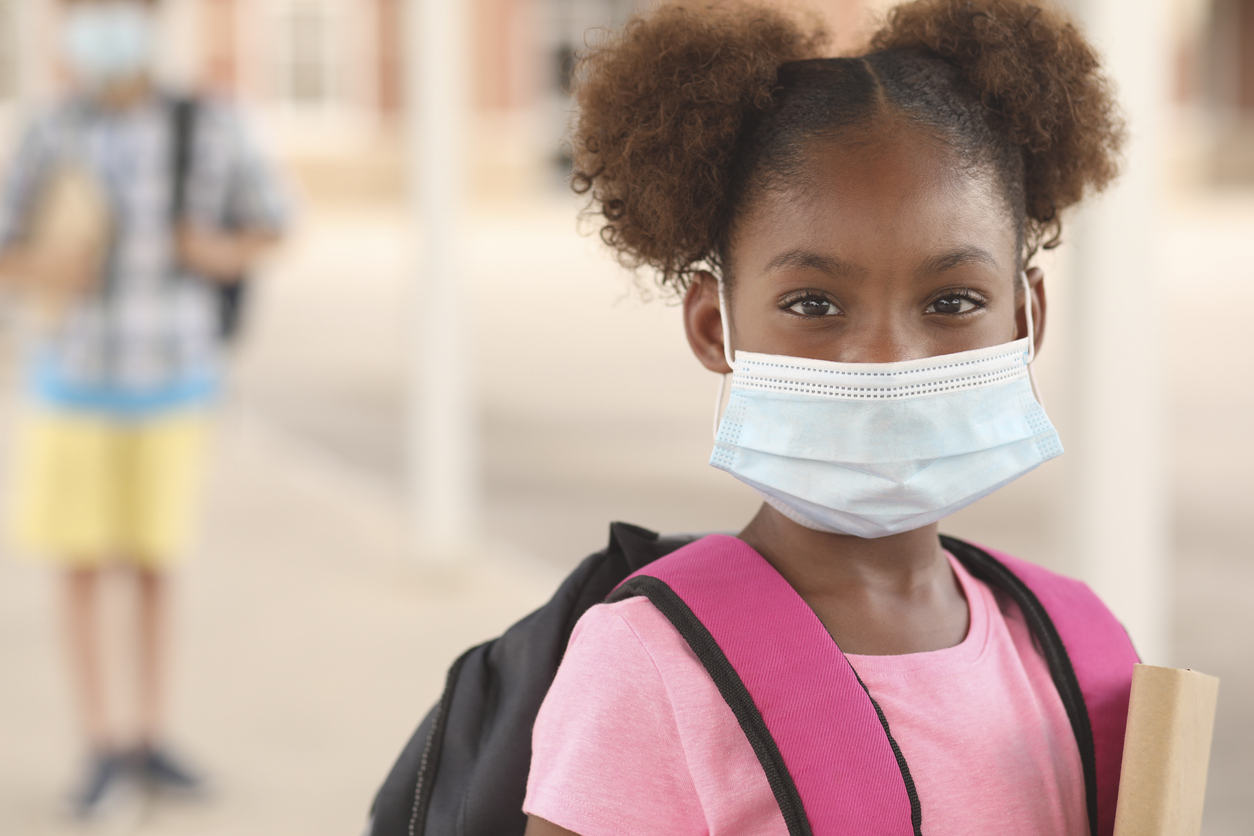A teacher may be immunocompromised and has permission to work from home, or a teacher may have been exposed to Covid-19. In some instances, school districts are opening classrooms to give children the chance to work from a place with Wi-Fi and resources, even as instruction remains virtual.
In teacherless classrooms, students take virtual lessons while a proctor or substitute maintains order. The arrangement is cropping up in schools nationwide as districts look for creative ways to get students back into classrooms.
In Denver, middle-school principal Kurt Dennis plans to have a small group of students in the same classroom with the same teacher all day when buildings open next month. That teacher will teach for one period and monitor students as they take virtual lessons in other subjects.
The model meets Denver Public Schools standards on maintaining distance and gets students in a classroom with their peers and a caring adult, Mr. Dennis said, in a video shared with school families.
“More than anything,” he said, “we wanted to maintain consistency and relationships for our kids and our teachers.”
One recent morning in suburban Detroit, sixth-grade students in masks and headphones sat at opposite ends of long tables during their Hebrew class at Hillel Day School.
The room was silent as students watched their teacher, Clara Gaba, give a lesson via Google Meet on their laptops. At one point during the lesson, the students turned to one another and began chatting in Hebrew about where they would travel if they could go anywhere. One student said Australia; another said summer camp.
A proctor, wearing headphones to follow along, observed from the corner. After a few moments of chatter, silence settled back in as students returned to Mrs. Gaba on their screens.
Mrs. Gaba said she didn’t return to the classroom this month because of an underlying health condition. She said she has found that teaching remotely, she “could still be empathetic and compassionate to [students’] needs and wants.”
Hillel Head of School Darin Katz said he takes issue with the term “teacherless classroom.” Of the school’s 92 teachers, eight are remote, a spokeswoman said.
“[It] implies that the only way someone can educate children is by being in the same physical space,” Dr. Katz said. “In 2020, this is not true.”
Experts at the Johns Hopkins Institute for Education Policy say a remote-teacher plan could be a good solution during an unusual time, if the lessons are challenging and the school is fostering other in-person relationships.
“The school has to do a good job of creating those small-group connections,” said Ashley Rogers Berner, the institute’s deputy director. “If you’ve got teachers who deliver exciting content, they can deliver it face-to-face or remotely.”
The model can also help students who may not have Wi-Fi or parents able to help with remote-learning at home, said Vivian Ekchian, superintendent of the Glendale Unified School District in suburban Los Angeles.
All instruction is virtual, but she said the district used existing child-care permits to open rooms in its 20 elementary schools to provide in-person support to about 1,000 of its nearly 26,000 students a day. “We’re not waiting for kids to fall through the cracks,” she said.
Some parents say they don’t see the point of sending kids to school to learn from a screen.
Rob Benacchio’s daughter Layla, a sixth-grader at Roosevelt Intermediate School in Westfield, N.J., has two classes taught by remote teachers this fall.
Mr. Benacchio said he doesn’t think his daughter is getting the same quality of instruction as she would with an in-person teacher, citing an example of an independent-study teacher logging off after only a few minutes of instruction instead of staying the whole period to answer questions. Had he known about the arrangement earlier, he said he might have considered sending his daughter to private school.
“I’m still thinking about it, I gotta be honest,” he said. “Like for next year, if we still have not figured this out.”
Matthew Bolton, the principal at the school system’s other middle school, which also has remote teachers, said he is confident in the district’s remote instructional practices.
New York City Council member Mark Treyger, a Brooklyn Democrat and former teacher, said he expects a proliferation of teacherless classrooms in the coming weeks, as a response to a potential shortfall of thousands of teachers.
About 46% of New York City students have opted for remote-only learning, and the rest are blended learners who will go to school remotely and in person on some days.
He said he worries that a core element of education will be lost—in-person teachers are able to walk around while instructing, make sure students are participating and read body language when something isn’t clear. “There’s nothing like having a teacher present in the room,” Mr. Treyger said.
Mayor Bill de Blasio said in a briefing earlier this month that he prefers in-person teaching when at all possible.
Some districts are reluctant to have a teacher at home while students are in class, said Shunta Davis, a middle-school math teacher in Brookhaven, Miss.
Ms. Davis said she asked to teach remotely so she could avoid bringing Covid-19 home to her mother, who has underlying health conditions. She said her request was denied and she was fired after not showing up for the first two days of in-person learning.
“I absolutely love teaching,” said Ms. Davis, who was previously her school’s teacher of the year. “I could’ve done a Zoom call, a video recording. There’s ways that it could’ve worked.”
A Brookhaven School District spokesman declined to comment.
Dr. Bolton, the New Jersey principal, said a remote teacher is preferable to trying to find a new, certified teacher willing to work in person. If “I have a teacher who I know and trust and who’s willing to work with their students but in a remote manner, I mean, I think I have to have faith in my teacher,” Dr. Bolton said.













